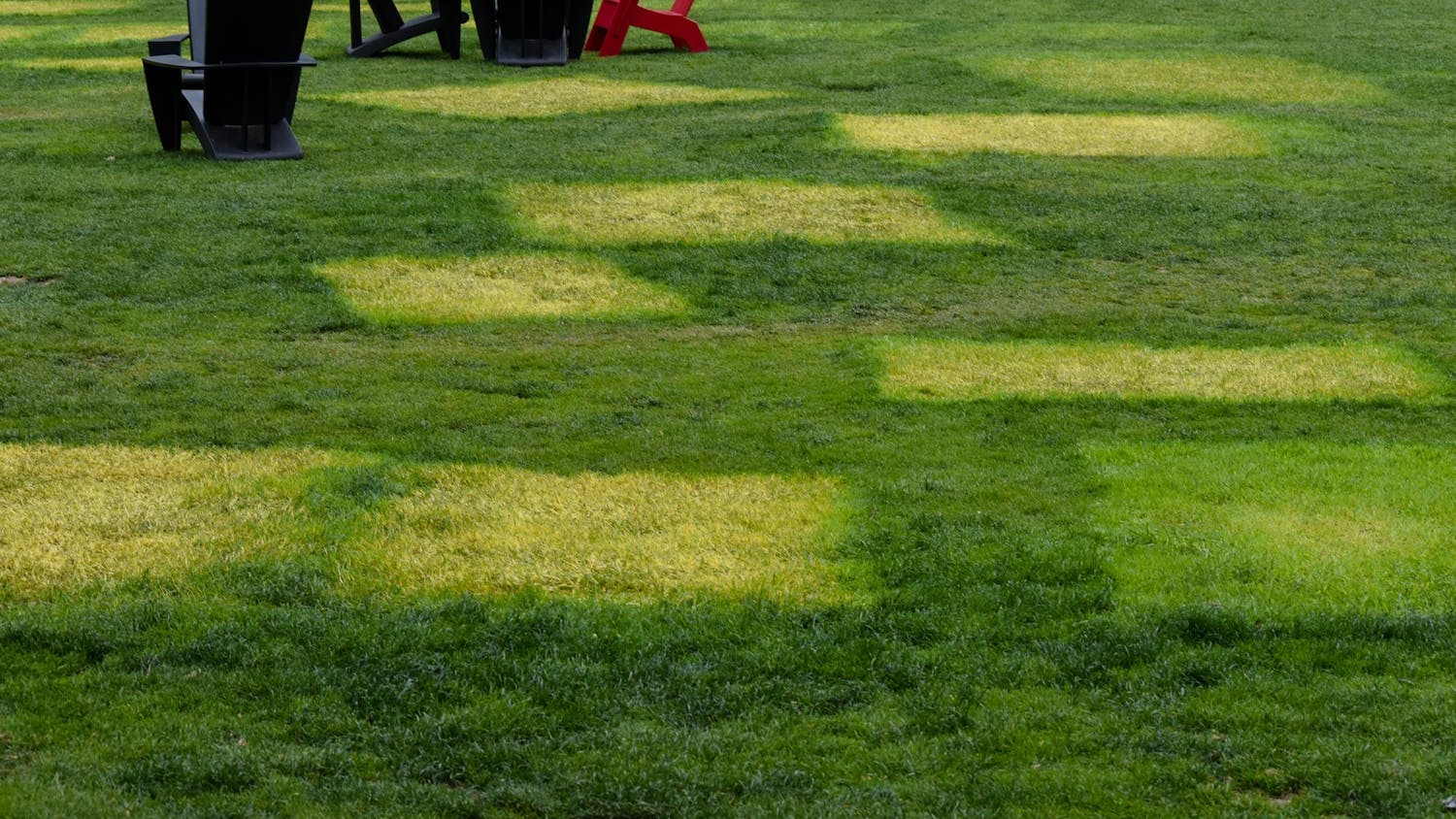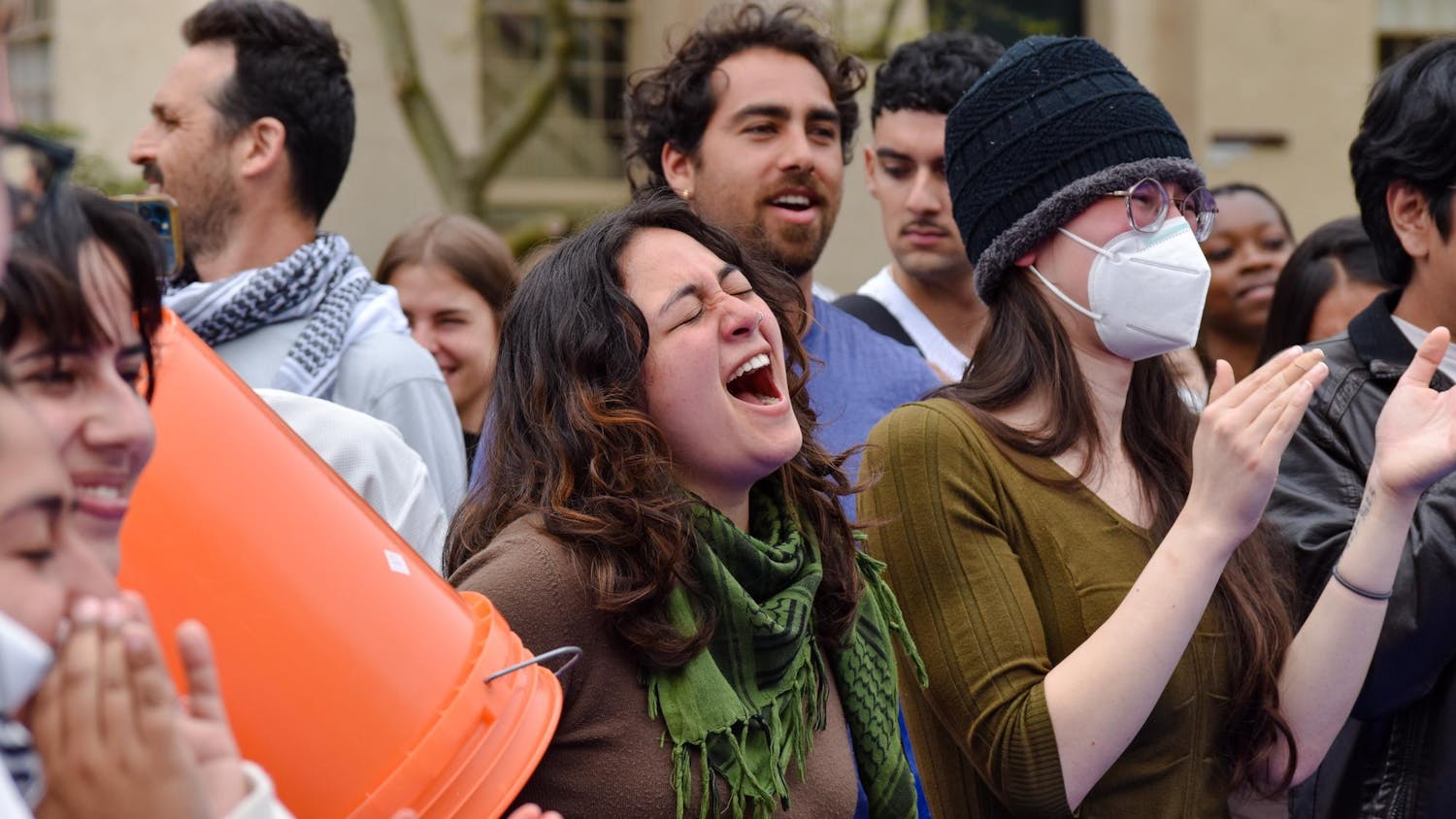From the corners of dormitories and from libraries across campus, people ranging from incoming first-years to returning seniors have been asking the same question: "Why won't Brown-Secure work?"
Many returning students, Apple users in particular, came back to campus after three months away to find that the Brown-Secure wireless network had uninstalled itself from their machines. After an early wave of complaints, Computing and Information Services was able to resolve the most common difficulty, which arises annually.
Every summer, CIS updates the network's security certificate, said CIS Help Desk Specialist Al Coulombe. Apple computers, especially those running the newer and more secure operating systems — 10.5, known as Leopard, or 10.6, known as Snow Leopard — do not recognize the newer version of the certificate as valid and so reject any attempts to log on to Brown-Secure, he said.
In addition to problems with the security certificate, Apple users who do not follow the instructions when initially setting up Brown-Secure run the risk of creating a false user profile, which will then block attempts to log on to the network, according to Coulombe.
"I always had trouble (with Brown-Secure) when the school year started," said Cydney Dupree '11, who uses an Apple computer. "At first it was pretty frustrating, but I went to CIS once and they fixed it."
CIS representatives were quick to peg the new operating systems as the source of many problems that returning students faced. But for others, including new students, the network's coverage has been spotty.
"I just stopped using it because it never works for me," said Apple user Sarah Park '13 about Brown-Secure. "I just use Brown-EZ around campus and plug into my Ethernet cable when I'm in my room."
Park's predicament is in no way uncommon: Many students interviewed in study lounges and campus eateries said they had difficulties with Brown-Secure.
"Sometimes it says I'm logged on, but it has a really limited connection," said John Lim '12, who uses a Windows-based computer. "I have to keep restarting it to get it to connect."
Coulombe recommended that students having difficulties with the secure network either call the Help Desk or come in person to receive assistance in deleting false profiles and verifying the new security certificate, processes that take "about four or five minutes."
"Try to gather as much information as you can before you come in," Coulombe said. "Where were you? What time was it? Were other people in the area also unable to connect?"
Network Technology Manager Doug Wilkinson added that if students are experiencing "dead spots" — areas with little or no connectivity — they should call CIS, especially if the dead spot is in a residence hall. Wilkinson said CIS can either install a wireless access point or do something much more simple.
"Sometimes, just moving a cabinet or a desk can affect how the signal comes through. It's amazing how different building materials affect wireless connectivity," Wilkinson said.
Many students interviewed said they had not even considered approaching CIS with their wireless problems. But Wilkinson said students who cannot access Brown-Secure should contact the Help Desk or representatives in the library computer clusters.
"We definitely don't want people frustrated," Wilkinson said.




